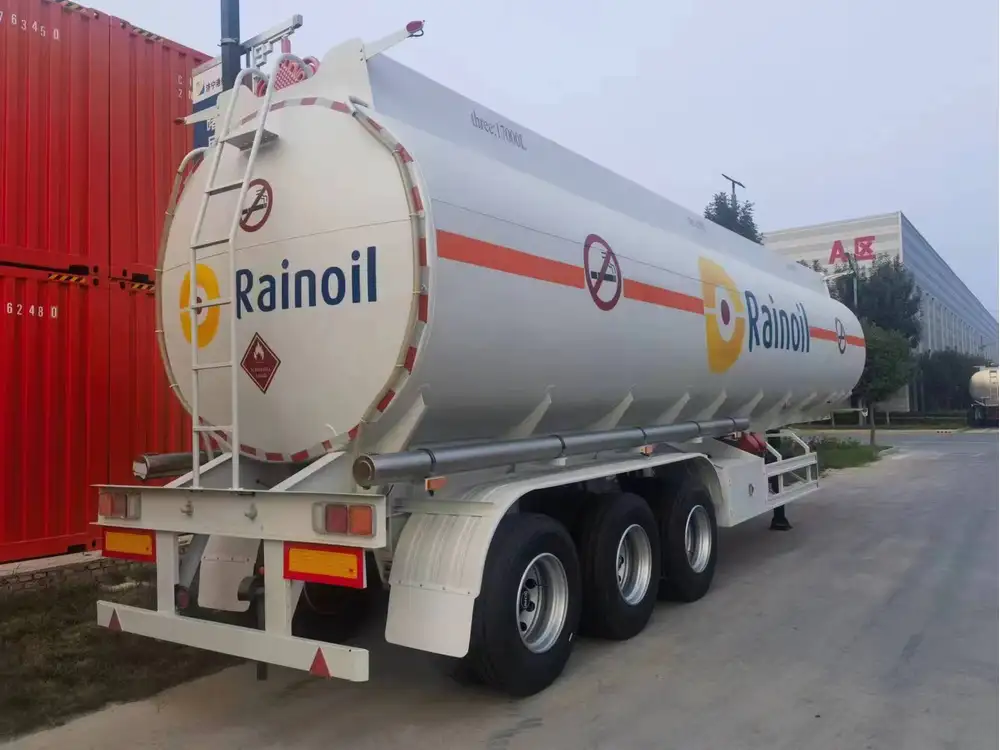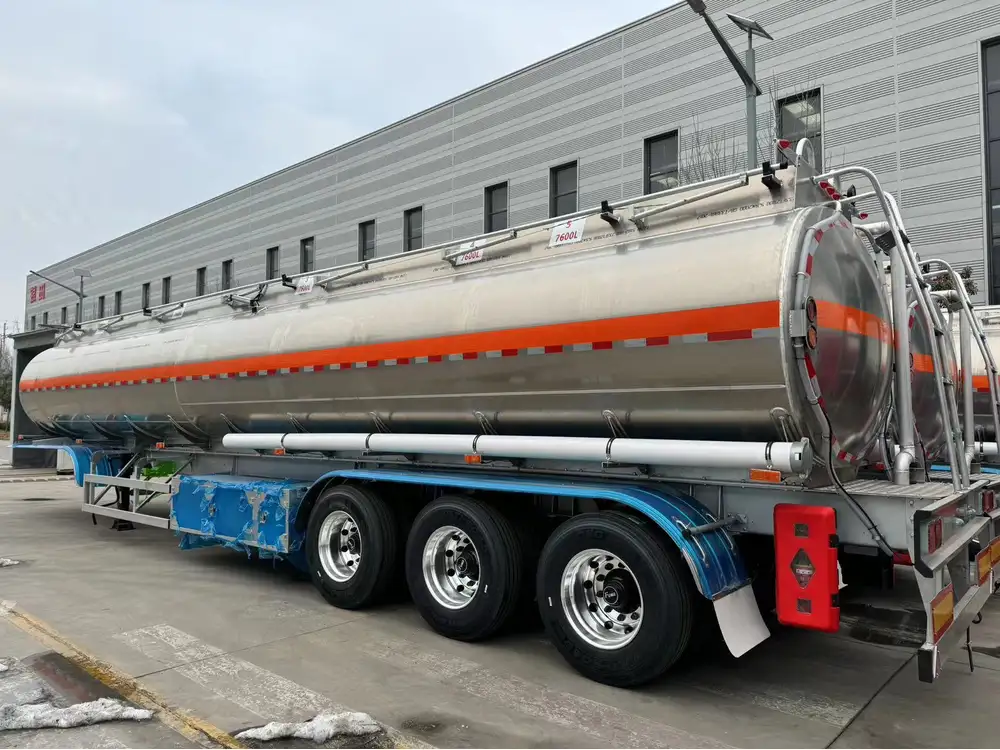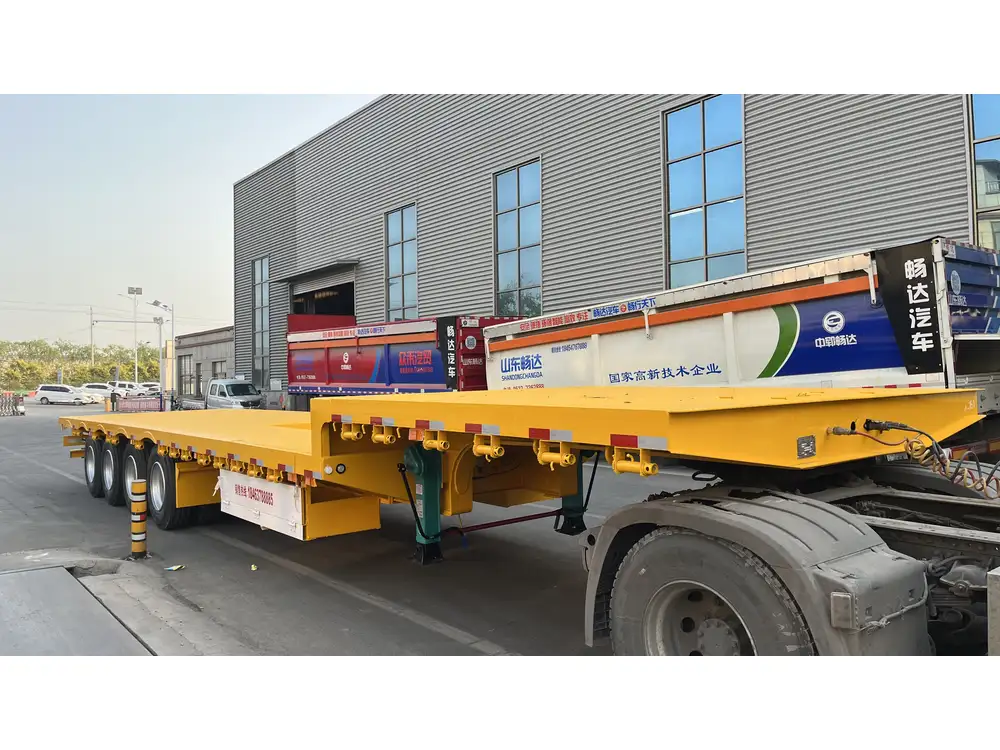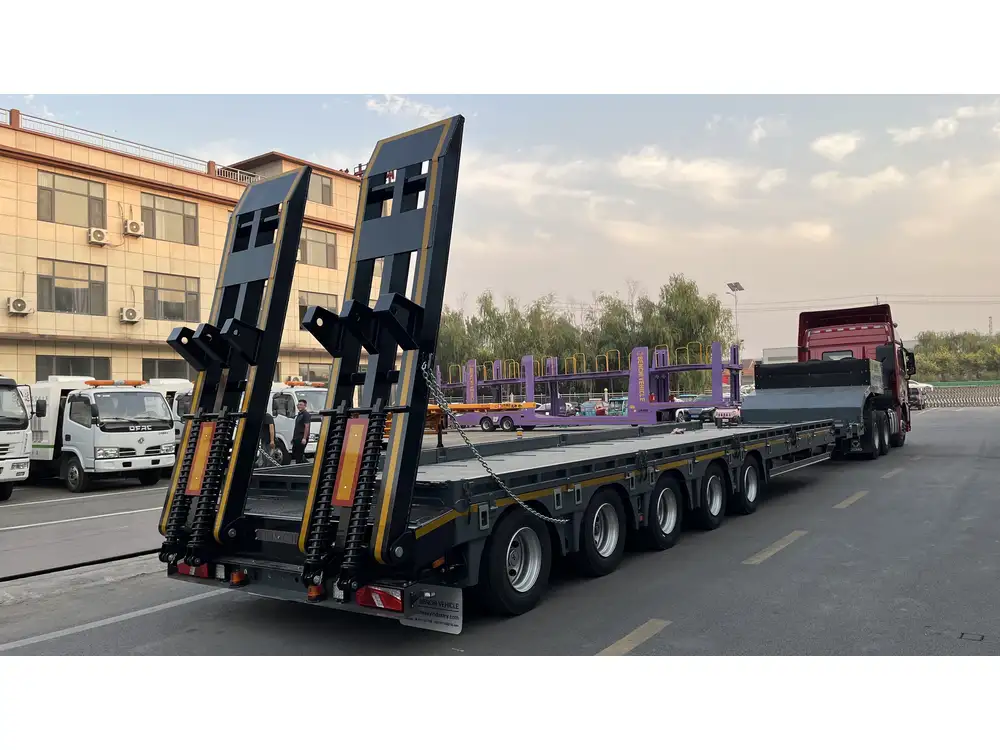In the expansive world of RVing, understanding every aspect of your rig—from its components to its functionalities—is essential for a seamless experience. For Dutchmen 28SRV trailer owners, one of the frequently asked questions revolves around the key question: where is the propane tank? This inquiry not only reflects a practical concern but also an eagerness to grasp the intricacies of trailer ownership. This article aims to provide an in-depth, comprehensive answer that facilitates user understanding and conversion, empowering Dutchmen 28SRV enthusiasts to enhance their camping adventures.
Understanding the Importance of Propane Tanks in Trailers
Popularity of Propane in RVing
Propane serves as a versatile fuel source, utilized for various essential functions like:
- Heating: It powers furnaces, hot water heaters, and stoves, ensuring comfort during trips regardless of weather.
- Refrigeration: Propane-fueled refrigerators maintain optimal temperatures for food preservation.
- Outdoor Grilling: Many enjoy the pleasure of cooking outdoors, making propane a must-have for convenient grilling.
Understanding the significance of propane in enhancing the overall RVing experience provides context for why knowing its location within a Dutchmen 28SRV is pivotal.

Why You Need to Locate Your Propane Tank
Locating the propane tank is crucial for several reasons:
- Safety Inspections: Regular checks for leaks and maintenance.
- Refill Process: Ensuring you know where to access it when running low.
- Proper Usage: Understanding how to operate and maintain appliances that rely on propane.
Where Is the Propane Tank in a Dutchmen 28SRV Trailer?
The Dutchmen 28SRV trailer typically features the propane tank mounted at a designated exterior location for easy access. Based on the model specifications and layouts, the propane tank can usually be found:
1. Front A-Frame Area
Often, the propane tank is situated at the front of the trailer, placed within the A-frame that connects the trailer to the tow vehicle. Google Maps View: View Your A-frame

Characteristics:
- Visibility: The tank is usually encased in a protective housing, enhancing safety by shielding it from elements.
- Accessibility: Positioned near the hitch for easy filling.
2. Underneath the Frame or Storage Compartments
Some models may choose to integrate the propane tank into the storage compartments under the trailer.
Characteristics:
- Protected Location: This minimizes exposure to the elements, limiting the risk of weather damage.
- Secure Storage: Often locked, providing additional safety measures.

3. Check the Owner’s Manual
It cannot be overstated that the owner’s manual remains an invaluable resource. For every Dutchmen 28SRV user, checking this document can provide specifications unique to each trailer unit.
Table 1: Comparison of Propane Tank Locations
| Location | Visibility | Safety | Accessibility |
|---|---|---|---|
| Front A-Frame | High | Medium | Easy |
| Underneath Frame/Compartments | Low | High | Moderate |
| Owner’s Manual Verification | Varies | N/A | Easy |
Identifying the Propane Tank

Essential Features to Look For
When attempting to locate and identify the propane tank, consider the following features:
- Shape: Typically cylindrical or rectangular, constructed of durable materials to withstand pressure.
- Hose Connections: Look for copper or rubber hoses leading to your appliances.
- Valves: Each tank houses two valves—one for filling and one for regulation.
Safety Labeling
Every propane tank should feature a safety label. Here are essential indicators that you should take note of:
- DOT Specification: Indicates compliance with the Department of Transportation guidelines.
- Weight Information: The label provides essential details concerning the tank’s empty and full weights.
Troubleshooting Common Issues Related to the Propane Tank

1. Propane Outage
This issue can significantly affect your RV experience if left unaddressed. Verify:
- Check gauge readings.
- Inspect hose connections for leaks.
- Ensure tank is securely fastened.
2. Leaking Propane
Detecting leaks quickly is crucial:
- Use soapy water on hose connections; bubbles will indicate leaks.
- Always prioritize venting the area if a leak is suspected. In such cases, refrain from ignition sources.
3. Flame Issues on Appliances
If your stove or heater isn’t functioning properly, inspect:
- Propane levels.
- Faulty connections or valves.
- Residue on burners.

Quick Checklist for Propane Tank Maintenance
| Task | Frequency | Notes |
|---|---|---|
| Visual Inspection | Monthly | Look for signs of wear and tear |
| Leak Tests | Monthly | Use soapy water for testing |
| Valve Functionality | Bi-Annually | Ensure valves operate correctly |
| Full Refill Check | As Needed | Preferably before long trips |
Best Practices for Propane Tank Management
Regular Inspections
Conduct regular inspections, focusing on:
- Fittings
- Hoses
- Valves
Adhering to this will enhance the safety and longevity of your propane system.

Proper Refueling Procedures
When refueling your propane tank, ensure:
- The tank is turned off and the area is well-ventilated.
- Use certified propane stations for filling.
Conclusion
For Dutchmen 28SRV trailer owners, understanding the intricacies of locating and managing the propane tank can significantly enhance your RV experience. From identifying its typical locations to troubleshooting common issues, this comprehensive guide equips you with the knowledge needed to ensure your adventures remain enjoyable and hassle-free.
In embracing these practices, not only do you foster a safe environment for yourself and your loved ones, but you also prepare yourself for countless adventures ahead—where the journey and the experiences matter just as much as the destination.
By taking ownership of the responsibilities associated with propane management in your Dutchmen 28SRV trailer, you enhance not only your camping comfort but also your confidence as a seasoned RV enthusiast. Safe travels!



